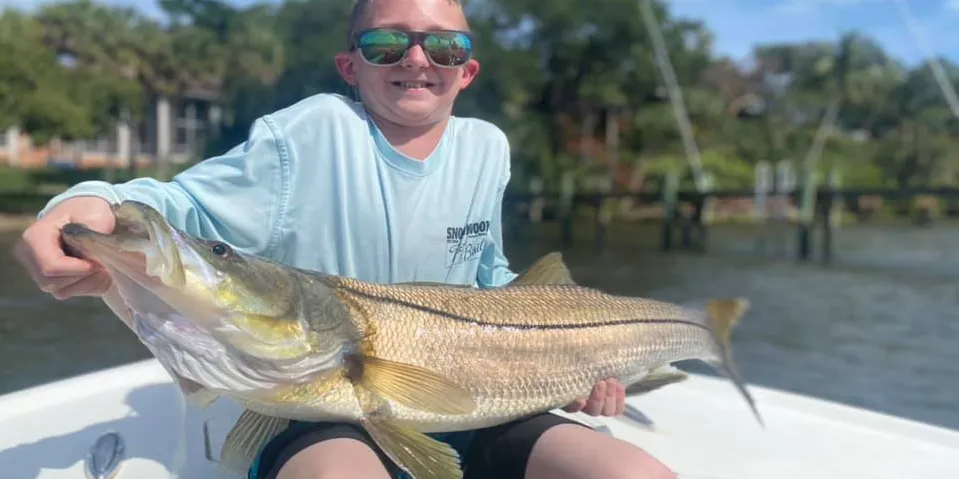Introduction:
The Eyesight of Silver Giants. Tarpon, often known as the “Silver King,” are remarkable fish celebrated for their size and impressive displays. For anglers trying to catch these majestic creatures, it’s important to understand how tarpon see the world around them. In this article, we’ll explore the fascinating topic of tarpon vision and how their sharp eyesight influences their behavior.
The Eyes of Tarpon:
Tarpon have impressive eyes positioned high on their heads, giving them a wide field of view. Their large, silvery eyes are adapted for low-light conditions, helping them navigate and hunt effectively, especially during dawn and dusk when they are most active. Their eye structure suggests a focus on spotting movement and distinct shapes, crucial elements for survival and successful hunting.
Adapting to Different Environments:
Tarpon are versatile in various aquatic settings, from clear coastal waters to murky estuaries. Their eyesight has evolved to suit these diverse conditions. In clear water, tarpon can spot prey from a distance, relying on their sharp vision to notice subtle movements. In murkier waters, their ability to detect contrast and movement becomes even more crucial for effective hunting.
Sensitive to Light:
Tarpon are most active during low-light periods, a behavior known as crepuscular feeding. Their eyes are equipped with a high number of rod cells, designed for low-light vision. This adaptation allows tarpon to excel in reduced light, making them skilled predators during the early morning and evening hours.
Spotting Baitfish and Prey:
The exceptional eyesight of tarpon is vital for their pursuit of prey, especially small fish. Their keen vision helps them detect the subtle movements and shiny scales of these prey items, making them efficient hunters. This visual acuity contributes to tarpon being recognized as a challenging game fish for anglers.
Color Perception in Tarpon Vision:
While tarpon may not have full-color vision, they can distinguish between different shades and contrasts. This becomes important when selecting bait, as they may be attracted to lures or flies that imitate the colors of their preferred prey. Understanding these visual cues can boost an angler’s chances of success when targeting tarpon.
Cautious and Selective Behavior:
Tarpon’s sharp eyesight makes them cautious, especially in clear waters. They carefully inspect bait before striking, and any unnatural movement or presentation can scare them away. Anglers must approach tarpon with finesse, presenting bait or lures in a way that mimics natural prey to entice a strike.

Conclusion:
For anglers entering the world of tarpon fishing, gaining insight into the eyesight of these silver giants adds a layer of complexity to the challenge. Their keen vision, adapted to different environments and lighting conditions, contributes to their status as a challenging and elusive game fish. By respecting the nuances of tarpon vision and adjusting fishing strategies accordingly, anglers can increase their chances of a successful encounter with these magnificent creatures in the waters they inhabit.

















